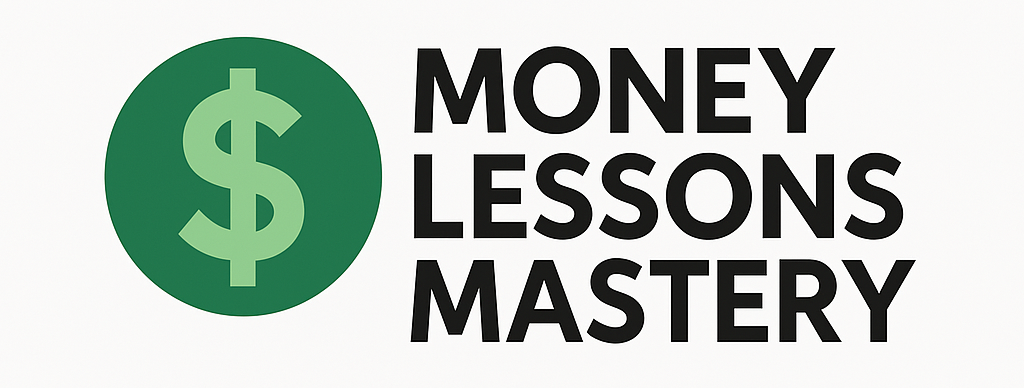Investing is one of the most effective ways to build lasting wealth and secure your financial future. But with so many options available, it can be overwhelming to decide where to begin. Whether you’re just starting out or looking to diversify your current portfolio, understanding your investment choices is key. Here are five popular investment options that can help you grow your money over time.
1. Stock Market
The stock market has long been a favored investment avenue for those aiming to grow their wealth. While it involves a certain level of risk, it also offers the potential for high returns over the long term.
- Individual Stocks: Investing in shares of a particular company gives you partial ownership. If the company performs well, the value of your shares can grow.
- Exchange-Traded Funds (ETFs): ETFs are baskets of stocks or other securities that track a specific index. They offer diversification with lower fees than mutual funds.
- Dividend Stocks: These pay regular dividends, providing both income and the possibility of appreciation over time.
Tip: Consider using dollar-cost averaging—investing a fixed amount regularly—to reduce the impact of market volatility.
2. Real Estate
Real estate is a tangible asset that can provide both long-term appreciation and passive income through rental properties.
- Rental Properties: Owning rental homes or apartments can provide consistent monthly income.
- REITs (Real Estate Investment Trusts): These are companies that own or finance real estate. REITs trade like stocks and typically pay dividends.
Tip: Make sure to factor in maintenance costs, property taxes, and other expenses when calculating potential returns.
3. Retirement Accounts
Investment through retirement accounts can be a powerful and tax-advantaged way to grow your wealth.
- 401(k): Often offered by employers, 401(k) plans let you contribute pre-tax income and may include employer matches.
- Roth IRA: Contributions are made with after-tax dollars, but qualified withdrawals are tax-free in retirement.
Tip: Maxing out your contributions annually can help you take full advantage of compound growth and tax benefits.
4. Bonds
Bonds are considered lower risk than stocks and can provide a steady stream of income.
- Government Bonds: Issued by the U.S. Treasury, they are generally seen as very safe.
- Municipal Bonds: Issued by state and local governments, often offering tax advantages.
- Corporate Bonds: Issued by companies and tend to offer higher yields, but with added risk.
Tip: Bonds can help balance out more volatile investments in your portfolio, especially as you near retirement.
5. High-Yield Savings Accounts and CDs
While not traditionally thought of as wealth-building tools, these low-risk options can serve short-term financial goals and emergency funds.
- High-Yield Savings Accounts: Offered by online banks, these accounts provide better interest rates than traditional savings accounts.
- Certificates of Deposit (CDs): CDs lock in your money for a set period and pay a fixed interest rate.
Tip: Use these tools to preserve capital while earning modest returns—perfect for short-term savings goals.
Final Thoughts
Building wealth takes time, discipline, and informed decision-making. By understanding the pros and cons of different investment vehicles, you can build a diversified portfolio aligned with your financial goals and risk tolerance. Start by choosing one or two strategies that fit your current situation, and expand as your financial knowledge grows. With consistency and patience, your investments can pave the way for a more secure future.
